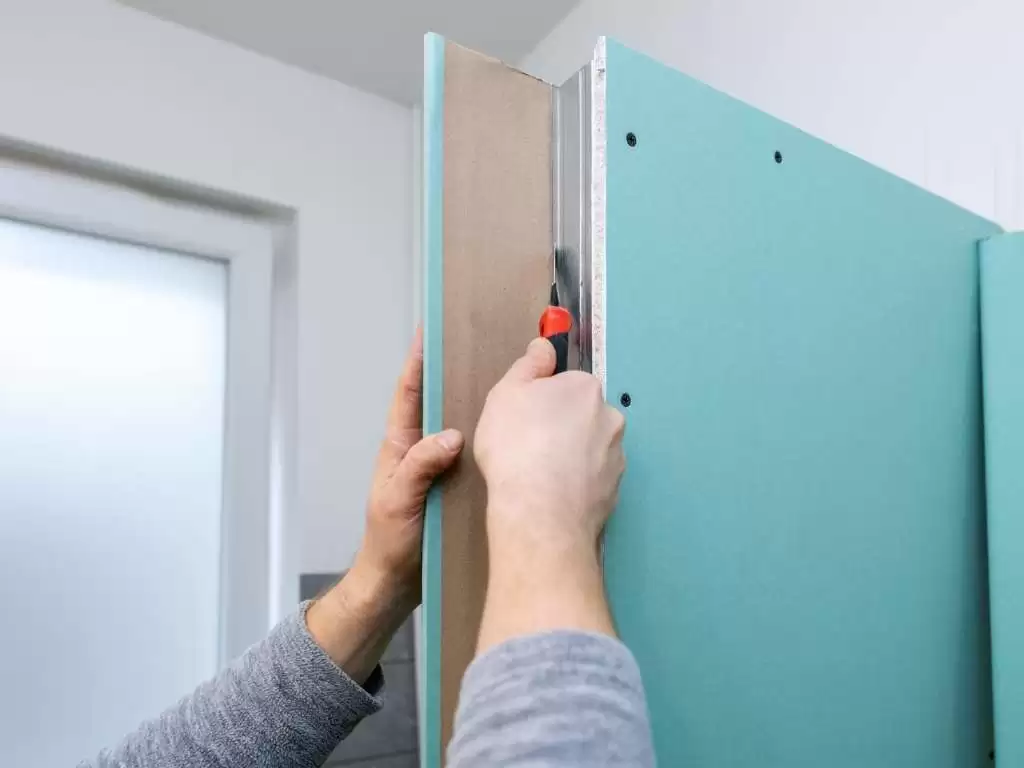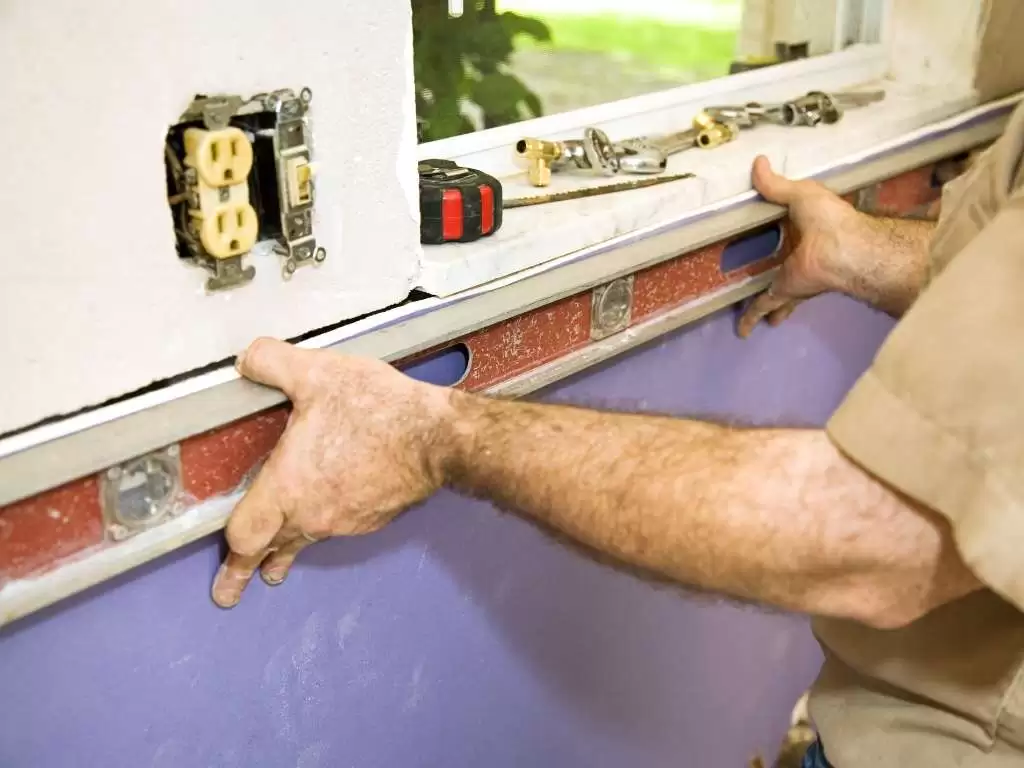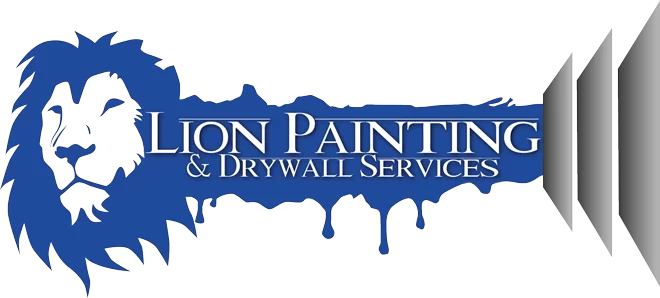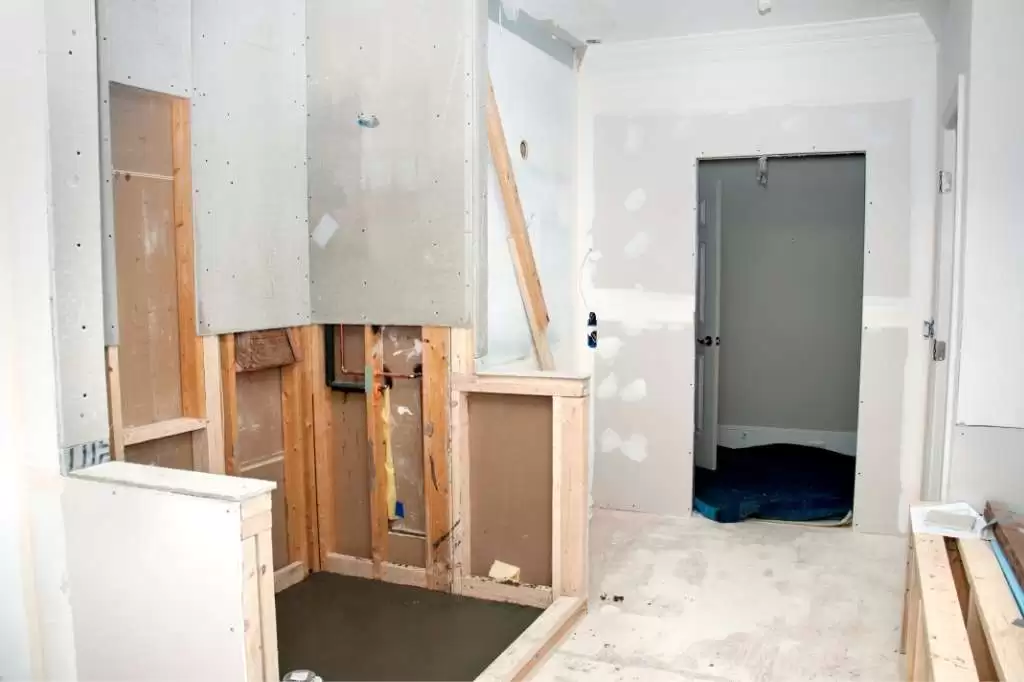Best Drywall for Bathroom: Consider These 5 Options
Choosing the type of drywall that you’ll use in your house is more important than you think. This is because each specific room in your house has different needs. Today, we’ll focus on what is the best drywall for bathroom.
If you plan to use drywall on your home’s walls and ceilings, then you need to make sure you are using water-resistant drywall. Using regular drywall could result in huge water damage. As a result, you would have to install new drywall again.
You can avoid making a mess in your bathroom if you choose the right type of drywall. Read our blog to check which option will work best for your situation.
What Is the Best Drywall for Bathroom?
There are several types of drywall that you can use on your walls and ceilings. You have drywall for fire resistance, such as Type X and Type C drywall, if you want to make a room fireproof. You also have soundproof drywall in case you want to lower sound transmission in a room.
But, today, we’ll discuss which drywall is best for wet areas. You can’t use any type of gypsum board in your bathroom due to its high exposure to water. Because of these moisture levels, drywall can get easily damaged.
Then, you may be wondering why use drywall in the bathroom? This is because of its ease of installation and repair compared to plaster or other types of wall coverings.
There are 5 options for the best drywall for bathroom. These are cement board, green board drywall, paperless drywall, purple drywall, and blue board drywall. The majority of these options are water-resistant. There are others that are also moisture and mold resistant.
Cement Board Drywall
Cement board is one of the most popular types of drywall to use in the bathroom, but it is more expensive. The gypsum board is infused with cement for waterproofing, hence the name.
This is one of the drywall options that can resist mold and mildew. So, it would work great in any bathroom. Since it is infused with cement instead of paper, it doesn’t have a food source for mold. Mold is attracted to drywall because it is made from paper.
The downside to cement board drywall is that it takes longer to install. It also requires more skill. So, that is why it is more expensive than other types of drywall.
We recommend using cement board drywall in tile-covered wet applications, such as showers and bathtubs. So, you would first install the cement board to provide a base for the tile.
Water Resistant Greenboard

Greenboard drywall is another common type of wall covering used in the bathroom. This is because it is water-resistant. This type of drywall consists of thick wax paper in the outer layer for waterproofing. The wax paper has a green tint; that’s where this type of drywall gets its name.
Because of this, it also resists mold and mildew, but not in the same way as cement board. It is a great option for high-humidity areas, but you shouldn’t use it in areas that receive a great amount of water, such as showers. In this case, it is better to go with cement board.
Contractors enjoy using greenboard drywall because it is easy to install. Since the green covering is only on one side, it also helps contractors know on which side they will apply the joint compound.
Paperless Drywall for Bathroom
As we know, drywall consists of gypsum mixed with water and pressed between two layers of paper. However, there is paperless drywall. Instead of being pressed with sheets of paper, it uses fiberglass sheets. This fiberglass protects the board from mold and mildew.
Paperless drywall is becoming more popular than regular drywall because of this protection against rot, mold, and mildew. The good thing is that you can use it in dry or wet locations.
Moisture and Mold Resistant Purple Drywall

Another great option to resist moisture in your bathroom is purple drywall. It is truly one of the best to resist mold and mildew in wet areas. National Gypsum has several purple drywall products that will work great in your bathroom.
If you’re looking for a type of drywall that will be in a lot of contact with water, then purple drywall is the one to use.
Blue Board Drywall
Finally, blue board is another good option. But, it is not as water-resistant as greenboard drywall. The benefit of using blue board is that it dries quickly.
The surface paper has great absorption qualities, so it is a good option to consider for mold resistance. Another benefit is that blue board drywall helps reduce noise.
How to Take Care of Your Bathroom Drywall?
Now, it’s important that you learn how to take care of your bathroom drywall. It doesn’t matter if it is the best water or mold-resistant wall covering; you need to maintain it as it is in wet areas.
One of the things you can do to add extra protection to your drywall is to paint it with glossy and waterproof paint.
Also, we recommend wiping the walls with a damp cloth and a gentle detergent. It would be best if you do this after a bath or shower. As a result, you will prevent the accumulation of humidity and damp smells.
You should also keep all your bathrooms well ventilated, so try to open the windows every once in a while.
Make sure to also check for mold regularly. Check your tile grout and dark spots on the paint. When there are dark spots on the paint, it could be the result of a leaky pipe, which can increase mold around the area.
Take these tips into consideration and pick the best drywall for bathroom to keep it in top condition. As a result, you won’t have to treat your bathroom for mold and mildew as often as you were. Instead, you’ll be able to enjoy your bathroom without having to worry about any drywall damage.
If you need any more information to know which drywall to use, feel free to give us a call!

